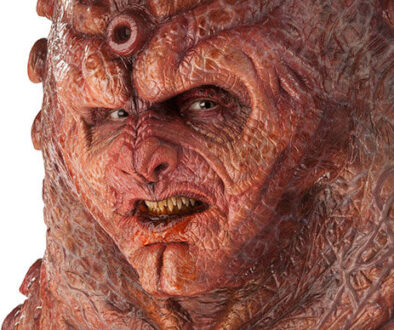The Zygon Inversion Review
Clint Hassell gives his verdict on the eighth episode of Series 9.
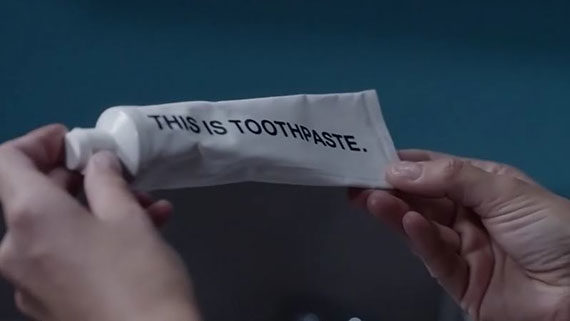
As the conclusion of the story started in “The Zygon Invasion,” “The Zygon Inversion” is a vast improvement over the preceding episode; characters make fewer inexplicable choices, and the previous episode’s global locales and extensive guest cast are jettisoned in favor of focusing on the main cast and on delivering one overarching message. However, as a sequel to “The Day of the Doctor,” “The Zygon Inversion” pales in comparison, as it struggles to find a unique theme to bring to the series.
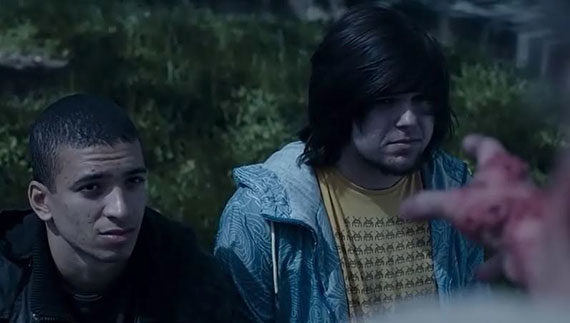
Just as in “The Zygon Invasion,” it is apparent that neither Peter Harness nor Steven Moffat have a solid grasp on how to write the Zygons as characters, or tackle an issue as political as immigration. The Zygons seem able to recognize other disguised Zygons – – and then not recognize them – – based only on the needs of the script. Bonnie’s plan to start a war pitting 20 million Zygons against 7 billion humans seems foolhardy, though her rage isn’t misplaced. In fact, the episode posits the idea that immigrants should only be welcomed if they sacrifice their cultural identities and assimilate completely in appearance and behavior. It’s offensive.
Most egregious, however, is the fact that “Zygella” calls herself “Bonnie,” a human name. If Bonnie does want to live freely as a Zygon, and to not be shackled by a human form or adhere to cultural norms, then why would she choose to call herself by a human name? It’s like Roots’ Kunta Kinte successfully rallying against his overseer, Ames, but then still calling himself “Toby.” The very thought of a human name should be anathema to Bonnie, until the episode’s end when she realizes that she derives just as much power from protecting others as she does in selfishly wanton destruction.
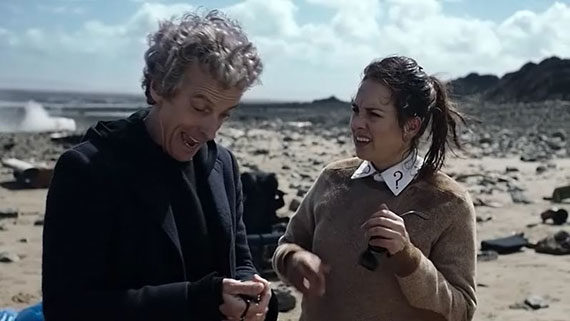
However, despite the title, “The Zygon Invasion”/“The Zygon Inversion” isn’t really about the Zygons. Rather, the two-part adventure seems to exist solely to set up the scene where the Twelfth Doctor convinces both Kate Stewart and Bonnie to resist the Osgood boxes and return to a peaceful coexistence. The speech is truly one of the best in Doctor Who’s 52-year history, far outstripping any of the Tenth or Eleventh Doctor’s blustering addresses, and will certainly be recalled by legions of fans as the moment they truly embraced Peter Capaldi as the Doctor. Both topical and timeless, Twelve’s oration on the nature of war should be memorized and quoted often. This is the speech that will feature in Capaldi’s demo reel and be played at the award ceremony for his now-inevitable BAFTA. The scene is captivating as it displays the Doctor as both clever and manipulative. This is the Doctor, not at his most human – – the human at the table was willing to push the button, after all – – but at his most humane.
The scene is science fiction at its best, using fantastic elements in a heightened reality to examine the human condition. While the choice of buttons represents that, in war, you should be similarly prepared to get exactly what you want and to be destroyed completely, both boxes are empty, signifying that war is a meaningless machination. What a stunning message! It’s a shame that the episode doesn’t drive home this point, instead remarking that Bonnie learns this lesson, not because she realizes its universal truth, but because she’s “started to think like [the Doctor].”
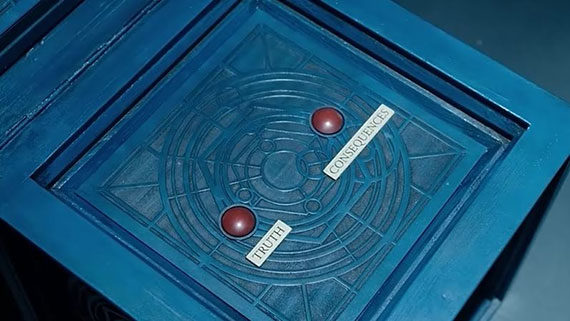
“The Zygon Inversion,” in particular, showcases Jenna Coleman’s range as an actress. It is to Coleman’s credit that, during the scenes in the Black Archive, all traces of Clara’s character and mannerisms are absent from her portrayal of Bonnie. Despite being played by the same actress, the two characters are so distinct that they generate genuine dramatic tension, when played opposite each other. The scene in which Clara calls Bonnie’s bluff during an interrogation is a fantastic, unexpected payoff to a year-and-a-half of Clara’s bossy control-freak characterization. Bonnie’s realization that their linked heart rates can function like a built-in lie detector is similarly brilliant, though the solution is so obvious – – Clara should’ve started to run in place, raising her heart rate, before answering questions – – that it is surprising that Clara doesn’t think of it.
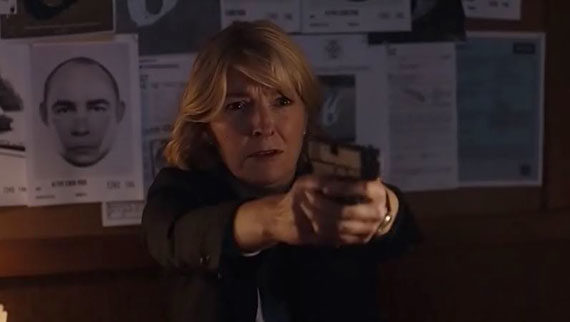
Still, this being said – – and, truly, nothing should diminish Capaldi and Coleman’s stellar performances – – it must be noted that, rather than building on the narrative established in “The Day of the Doctor,” “The Zygon Inversion” is thematically redundant.
Because the fiftieth anniversary special features cameos from thirteen incarnations of the Doctor, the return of actors David Tennant and Billie Piper, and the reveal that Gallifrey has not been destroyed in the Time War, the Zygon subplot is often dismissed as being a frustratingly incomplete aspect of the special’s second act. In fact, the resolution of the Zygon threat is absolutely the most important scene in “The Day of the Doctor,” if not in the show’s history. In the scene, the three Doctors use UNIT’s mind wiping technology to cause Kate, Osgood, McGilliop, and their respective Zygon duplicates to forget who is human and who is alien, in order for the six “humans” to negotiate a fair peace treaty. Each side remembers the day’s events – – for example, that a Zygon attacked and then duplicated Osgood, but not her inhaler, or that the inhaler exchanged hands, and was last possessed by the human Osgood – – but not which role they played. During negotiations, one of the Osgoods starts to have an asthma attack. The other Osgood instinctively offers the first an inhaler, revealing the second to be the human. Rather than unfairly skew the peace negotiations, Osgood directs her Zygon duplicate to remain silent.

Throughout Doctor Who’s history, a running theme has been that the Doctor changes those around him, usually for the better. The end result of the human/Zygon peace treaty is not important; of course, the two groups work out their differences. The point of the scene is that Osgood perfectly embodies the lessons of the Doctor.* That Osgood is so affected by the Doctor’s character that she is capable of such a profound act is a better testament to the series’ history than the return of any actor or home world, no matter how beloved.
At the end of “The Zygon Inversion,” Bonnie, who is similarly aware of who is human and who is Zygon (and that the Osgood boxes are a ruse, a simulacrum of war), takes up the mantle of Osgood, reestablishing the human/Zygon peace agreement. As a result, “The Zygon Invasion”/“The Zygon Inversion” thematically copies “The Day of the Doctor,” forming a narratively meaningless sequel. The episodes serve as a pretty frame for the Doctor’s astounding speech – – a performance that deserves to be celebrated – – but they contribute nothing new. The themes and the key plot points have already been explored, not two years prior, and with beautiful subtlety, in the fiftieth anniversary special.
*Maybe, this is why, narratively, we can’t have Osgood as a companion: she’s already learned the lessons that the Doctor could teach her. (But, that’s also why we love her!)

THE DOCTOR: “Do you want to come?”
ME: [pleading] “Yes! Oh, God, say ‘yes.’ Oh, God; oh, God; oh, God.”
THE DOCTOR: “All of the future, all of history, and all of the universe.”
OSGOOD: [nods her head affirmatively] “More than anything.”
ME: [losing my freaking mind; screaming at the TV] “YES! YEEEEEEEEESSSSS!”
OSGOOD: “But I think I have to stay.”
ME: “$*#%!” [dies a little, inside] “Curse you, Moffat!”

Note that the Doctor seems genuinely heartsbroken. (Not a typo.)
ME: “Yeah, that’s how Journey Blue felt, you jerk!”



